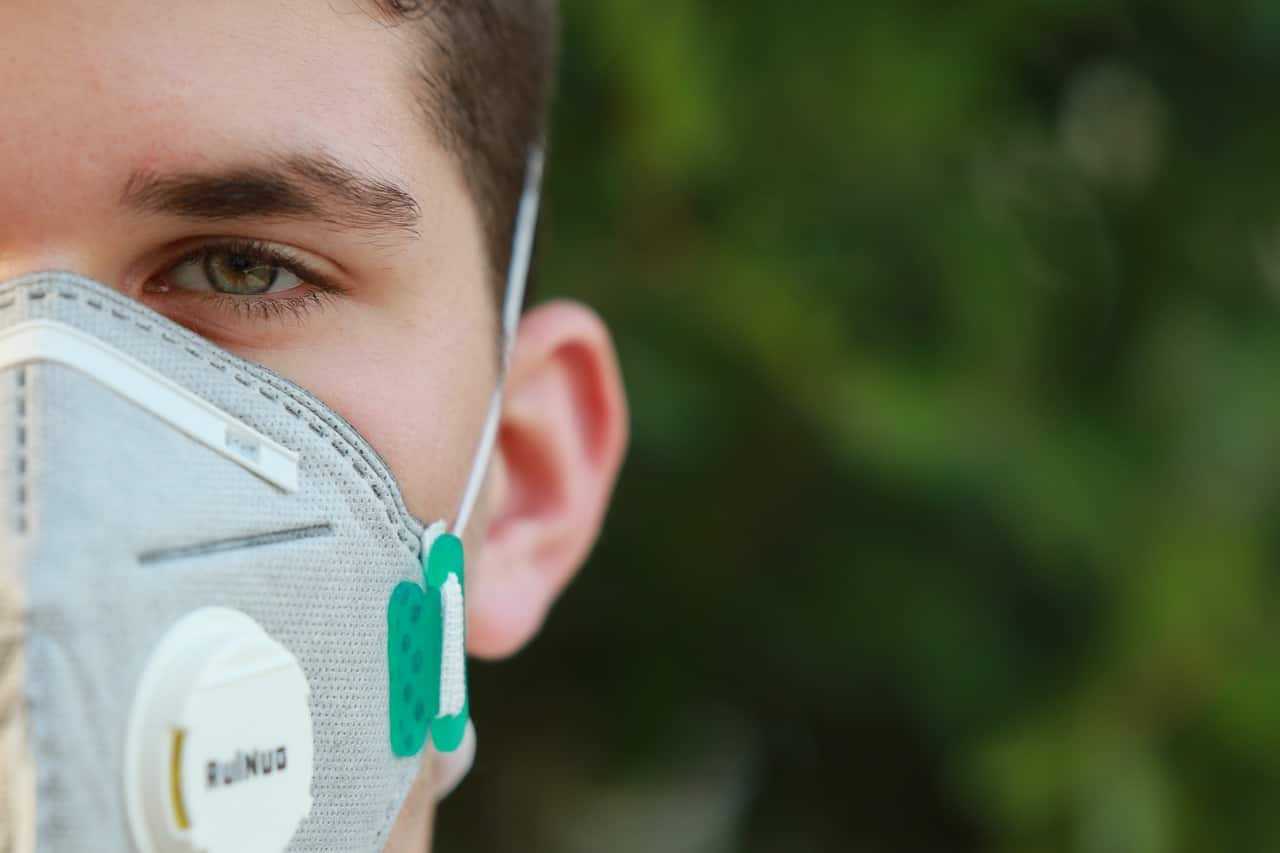
In a study published in Nature, volunteers were intentionally infected with the SARS-CoV-2 virus to better understand viral transmission, disease severity, and the role of home COVID-19 tests in reducing viral spread. This controversial “challenge study” has provided valuable insights into the existence of “supershedders,” individuals who emit a significant amount of the virus into the air, despite only having mild symptoms.
- In a study where scientists were deliberately infected, scientists identified ‘supershedders’ of COVID.
- Two participants with mild symptoms were found to be supershedders, confirming the existence of individuals who can spread the virus to numerous people.
- Rapid home tests were found effective in controlling viral spread when symptoms are detected.
Challenge studies have been used in the past to accelerate vaccine testing and help researchers understand the pre-symptomatic stages of a disease. In this instance, the study found that disease severity and contagiousness varied widely among individuals, and this variation was attributed to differences in human physiology rather than the virus itself. Two participants with mild symptoms were identified as supershedders, supporting the idea that some individuals can spread the virus to many others, leading to superspreading events.

Rapid Home Tests: A Key Tool in Controlling Viral Spread
The study also highlighted the importance of rapid home tests in controlling the spread of the virus. When symptoms were detected, these tests proved valuable in identifying infected individuals and preventing further transmission. This finding underscores the need for widespread availability and use of home tests, especially as new variants of the virus continue to emerge.
Despite the valuable information gained from this challenge study, some researchers question its relevance to real-world infections. The controlled environment, infection routes, and viral strains used in the study may not accurately represent the circumstances of naturally acquired infections. However, the research team argues that the data collected is consistent with observations made in natural infection settings.
Future Challenge Studies: Investigating More Recent Variants
Given the limitations of the initial study, the research team plans to conduct similar challenge studies using more recent variants of the virus. By examining the transmission dynamics and disease severity of these new variants, scientists hope to gain an even better understanding of the factors contributing to superspreading events and improve strategies for controlling the spread of COVID-19.
While the ethical implications of intentionally infecting volunteers with a potentially dangerous virus remain a topic of debate, the insights gained from this study have broadened our understanding of supershedders and the role they play in the transmission of SARS-CoV-2. As scientists continue to investigate the factors behind COVID-19 superspreading, these findings could prove crucial in informing future public health strategies and mitigating the impact of the ongoing pandemic.


